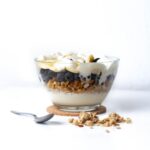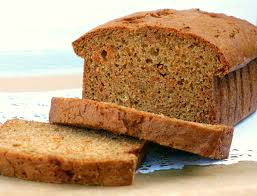In some extremely lazy manufacturing, but inspired marketing, much of the ‘brown’ bread you’ll find in the supermarket is simply the same white bread with brown coloring, often CARAMEL, added back into it. Hardly the healthier choice it’s made out to be.
Likewise, ‘wholemeal’ bread with a bit of chemically treated wheat germ added back in, or ‘multigrain’, with a sprinkling of softened grains, hardly makes up for what the main ingredient – refined wheat flour – has gone through.
The fact is, the vast majority of breads from the big manufacturers are just slight variations, a little coloring here, a sprinkling of seeds there, of the same extremely unhealthy processed bread.
But the hullaballoo of wanting to eat brown bread as the healthy bread could all be distorted in kenya! This is because almost 80% of brown bread sold to us is not genuinely brown. The best bread to eat is the whole wheat grain bread that you can find in supermarkets and normally has a darker colour and is more expensive!
True whole wheat bread, if you can find it, should be a healthier option. Whole wheat bread is made with the wheat germ and the bran included and is hopefully not as heavily processed or full of chemical additives as most commercial loaves. It’s higher fiber content helps to slow down its digestion and therefore its effect on your blood sugar and levels of fat storing insulin shouldn’t be as pronounced.
A real brown bread is healthier than white bread because the wheat flour used to make brown bread is less processed compared to wheat flour used for making white bread. During the processing of the wheat flour for making brown bread the bran and germ in the wheat grain are not removed. The bran is the part of wheat grain that is rich in fibre, while germ is the inner part of wheat grain which is packed with nutrients, Vitamins B and E as well as phytochemicals.
So how do you tell the REALS from the FAKES?
It’s commonly believed that you can tell the difference between white and wholemeal by the color of the loaf. Not so! The keywords to look out for are “whole grain” and “whole wheat” as the first ingredient on the ingredient list. If any other substance is listed first, you are likely looking at white bread that has had caramel colouring added.
There you have it, find this rare Whole meal bread and find your long lost and found real brown bread. Infact, ask yourself why you eat brown chapattis that taste real brown but when you eat brown bread it does not have similar taste?
This is not to say that white and brown breads could be exactly the same in Kenya market. If you compare the labels of white and brown breads of your favourite brand, you will probably find that the brown bread still has more dietary fiber, making it the wiser choice. What’s important to remember is not to confuse all brown breads with the much healthier whole grain bread alternatives. Do your research and read your labels for the choice that’s right for you. Best place to begin is in Tuskys supermarket at the bread parlour where you will spot the difference!
I know you have questions so comment below









